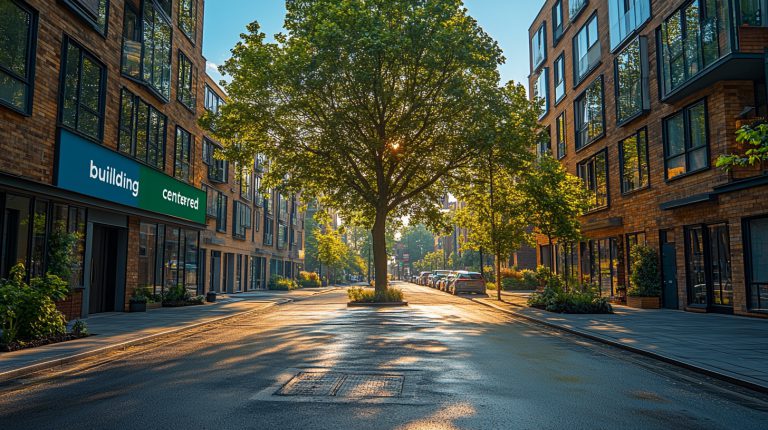
Sustainable building materials have become increasingly popular in the construction industry due to the growing awareness of environmental issues and the need for more eco-friendly practices. Choosing the right materials for a construction project can significantly impact its overall sustainability and environmental footprint. In this article, we will explore the best practices for selecting sustainable building materials that are not only environmentally friendly but also durable and cost-effective.
**Understanding Sustainable Building Materials**
Sustainable building materials are those that have a minimal impact on the environment throughout their lifecycle, from production to disposal. They are typically sourced from renewable or recycled materials and are designed to be energy-efficient, non-toxic, and long-lasting. These materials help reduce carbon emissions, conserve natural resources, and promote a healthier indoor environment.
**Prioritize Renewable and Recycled Materials**
One of the best practices for sustainable building materials is to prioritize the use of renewable and recycled materials. Renewable materials, such as bamboo, cork, and straw, are sourced from rapidly replenishing sources and have a lower environmental impact compared to traditional materials like concrete and steel. Recycled materials, such as recycled steel, glass, and plastic, help reduce waste and energy consumption by repurposing existing materials.
**Choose Locally Sourced Materials**
Opting for locally sourced materials is another important practice for sustainable construction. Locally sourced materials require less energy for transportation, which reduces carbon emissions and supports the local economy. By sourcing materials from nearby suppliers, builders can also promote community development and reduce the environmental impact of their projects.
**Focus on Energy Efficiency**
Energy-efficient materials play a key role in sustainable construction practices. Materials that help improve a building’s energy performance, such as high-efficiency windows, insulation, and roofing, can significantly reduce energy consumption and lower utility costs. By investing in energy-efficient materials, builders can create more sustainable and comfortable living spaces for occupants.
**Consider Lifecycle Assessment**
When selecting sustainable building materials, it is essential to consider their lifecycle assessment. This involves evaluating the environmental impact of a material from extraction and production to use and disposal. Materials with a lower environmental footprint over their entire lifecycle are generally considered more sustainable choices. Conducting a lifecycle assessment can help builders make informed decisions and choose materials that align with their sustainability goals.
**Prioritize Durability and Longevity**
Durability and longevity are key factors to consider when choosing sustainable building materials. Durable materials require less maintenance and replacement over time, reducing the overall environmental impact of a building. Investing in high-quality materials that can withstand wear and tear, weather conditions, and other factors can help improve the longevity of a structure and contribute to its sustainability.
**Embrace Natural and Non-Toxic Materials**
Natural and non-toxic materials are vital for creating a healthy indoor environment and reducing the environmental impact of a building. Materials such as natural wood, clay, and wool are biodegradable, non-toxic, and promote better indoor air quality. By incorporating natural materials into construction projects, builders can create spaces that are both sustainable and healthy for occupants.
**Conclusion: Building a Sustainable Future**
In conclusion, selecting the right building materials is crucial for creating sustainable and environmentally friendly structures. By prioritizing renewable and recycled materials, choosing locally sourced options, focusing on energy efficiency, considering lifecycle assessments, prioritizing durability and longevity, and embracing natural and non-toxic materials, builders can contribute to a more sustainable future. Implementing these best practices in construction projects can help reduce the environmental impact of buildings, conserve resources, and promote healthier living spaces for generations to come.





